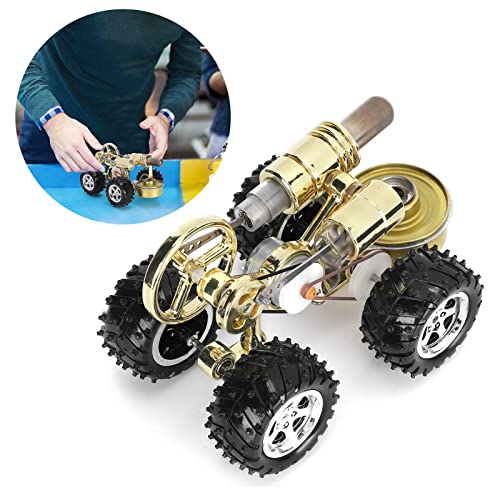Richard Hed
Well-Known Member
- Joined
- Nov 23, 2018
- Messages
- 2,801
- Reaction score
- 758
Yes, yes and yes. However, that frictional loss IS energy loss (heat loss). I suspect the back and forth thru the same passage, as you say, has some kind of loss like you are explaining--there is probably at some point a bit of "shock" in the sysstem somewhere which leads to inefficiency. also, the length of the passage doesn't help at all. In these typical slide valves a shorter tunnel/tube/passage way (I forget what it's called, sorry) could and should be supplied with very little design trouble and certainly easier to manufacture.Going back to Anatol's OP, the efficiency of a uniflow engine exhausting to atmosphere will likely benefit from auxilliary exhaust valves (controlled by valve gear).
A condensing uniflow engine exhausting into a good vacuum doesn't need them.
Without auxilliary exhaust valves, a non-condensing engine needs a large clearance volume to avoid over-compression.
Relief valves (which are different from exhaust valves) are needed particularly in the condensing case because they can have a smaller clearance volume of 1.5 to 2 percent of the swept volume without over-compression, but should the vacuum be lost the compression pressure could get dangerously high without relief valves.
I could not make out anything Dan Gelbart said over the racket the engine was making, especially as he appeared to have his back to the microphone.
Any sudden process is bad in thermodynamics as it is 'irreversible'. This is what the Second Law is all about. As Michael Flanders sings, "That's entropy, man."
Richard's long ramble about flow resistance in tortuous passages is generally on the right track, but I would suggest that in the case of a normal slide valve cylinder the thermal losses due to passing the steam and exhaust alternately through the same duct are considerably greater than the flow resistance, but that is no more than a well-educated guess. The Reynolds Number of the steam flow in model engine passages is much lower than in full size, mitigating the effect of the multiple holes and sharp corners.
As to the suggested problems with piston rings passing over ports, I am not convinced. Most main-line steam locomotives built after about 1925 had piston valves in which rings pass over ports, and in far more trying conditions than found in stationary engines, particularly as a result of pumping air through the cylinders when coasting.
Steamchick, in the 1909 edition of his famous 'Heat Engines' W Ripper* says, "The laws which govern the condensation of steam in the cylinder are not at present fully understood."
* William Ripper - Wikipedia
Thanx for mentioning my "ramble". You could have at least said "entertaining ramble". Did you like the main character?



















































![DreamPlan Home Design and Landscaping Software Free for Windows [PC Download]](https://m.media-amazon.com/images/I/51kvZH2dVLL._SL500_.jpg)




![MeshMagic 3D Free 3D Modeling Software [Download]](https://m.media-amazon.com/images/I/B1U+p8ewjGS._SL500_.png)




